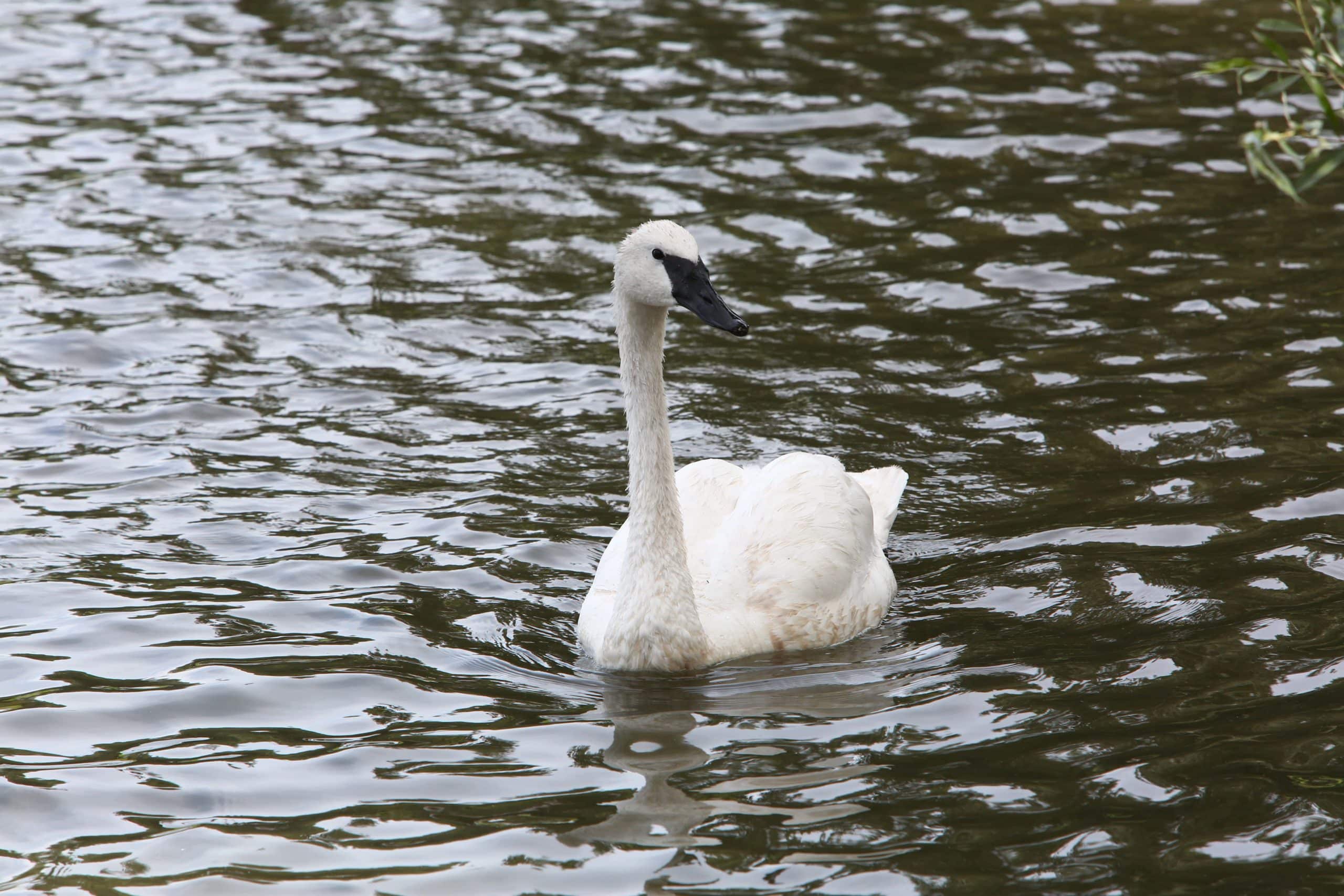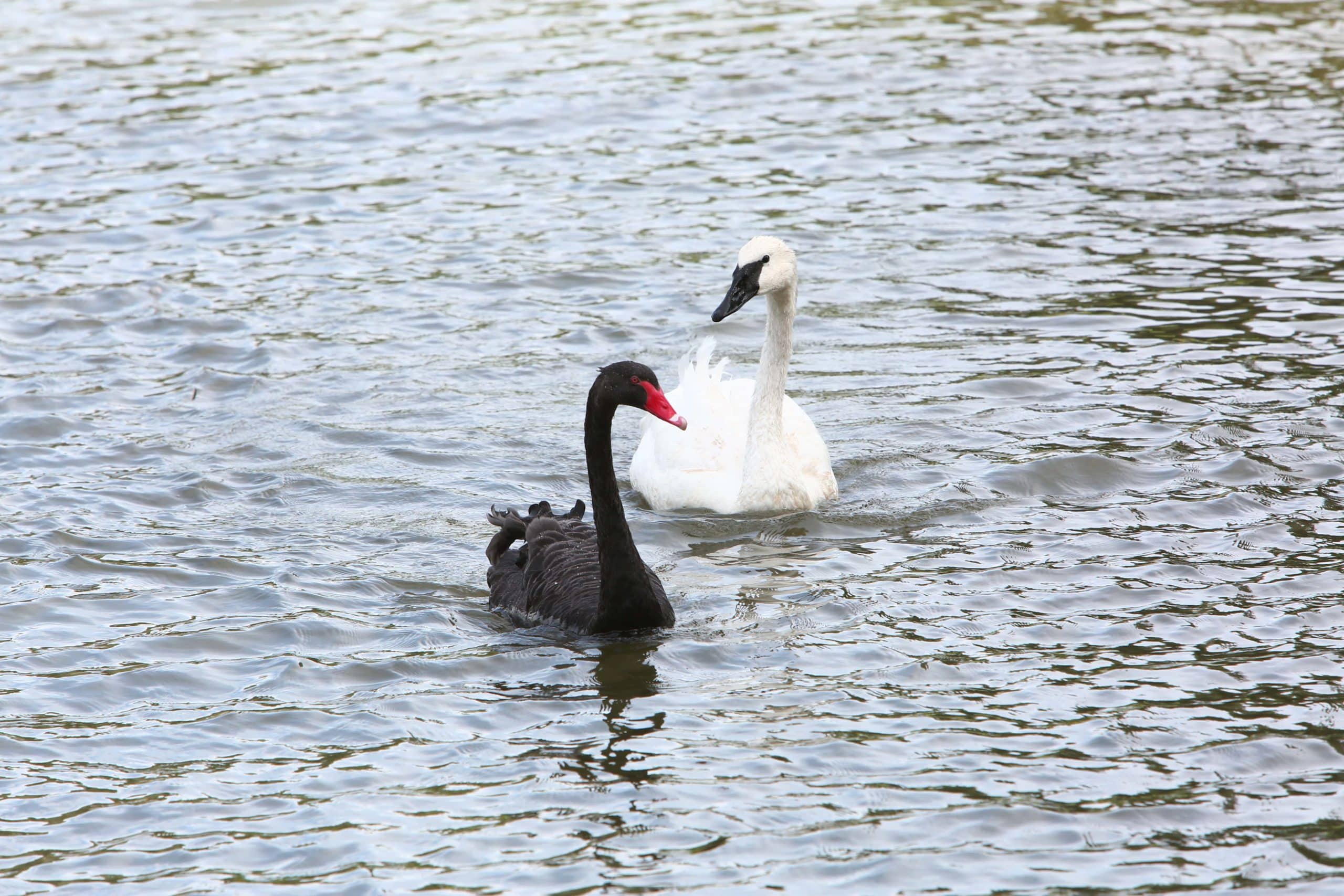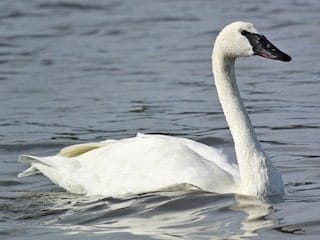The trumpeter swan is the largest water bird. It is a majestic bird with snow-white feathers, angular black beak, feet and legs. Up close, a thin orange-red line can be seen at the base of the beak. Both males and females have a deep, resonant voice.
Naturally found only in North America, it is the rarest of the eight swan species.
Swans form pairs for life. They often like to return year after year to the same nest, which can be up to three metres in size. Both sexes participate in its construction. The young have grey down and are completely independent soon after birth. In case of danger, the parents hide them and fly away themselves. The young often stay with their parents even after they can fly many times until the next season.
The trumpeter swan was abundant in North America, but when Europeans arrived there, they nearly wiped it out. They are territorial animals and often react offensively rather than fleeing when defending their nests, which has made the hunters’ job much easier.
There is a legend about a dying swan. Even in the opinion of ornithologists, the heavy breathing of a dying swan does indeed sound like a mournful song.
During the breeding season, trumpeter swans defend their nest and territory very spiritedly. If other swans are circling over their nest, they will often even take off to defend their territory.
Swans living inland do not migrate like their coastal relatives, but remain in their habitat year-round.




